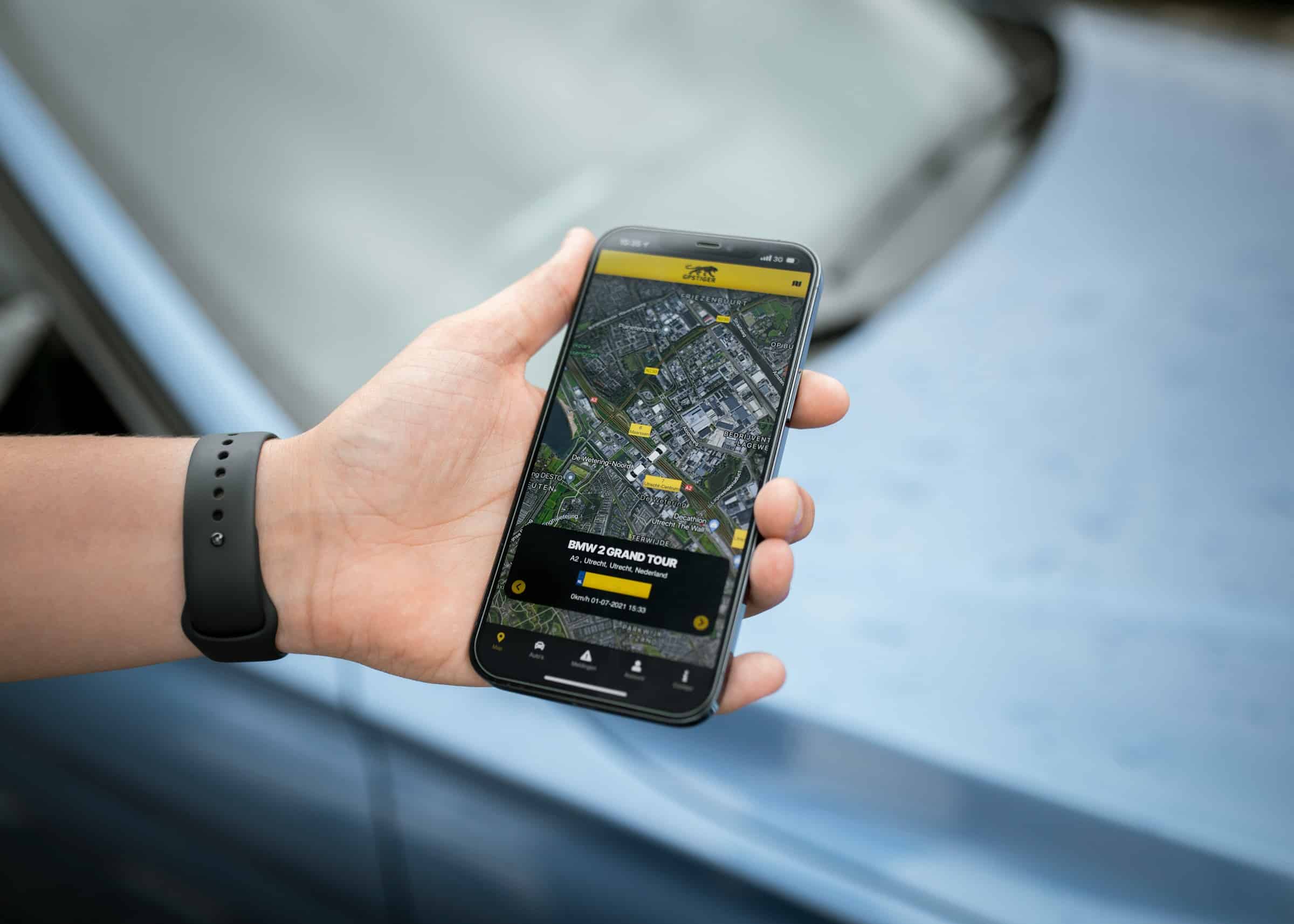
What Are the Best Practices for Using Your Smartphone as a GPS Device During Road Trips?
Planning a road trip can be an exciting adventure, and using your smartphone as a GPS device makes the journey smoother and more enjoyable. However, efficiently leveraging your phone’s capabilities requires knowledge and a few strategic practices. This article will walk you through the best approaches to ensure you optimize your phone GPS for a memorable road trip experience.
Preparing Your Smartphone for GPS Navigation
Before embarking on your journey, it's crucial to ensure your smartphone is ready to serve as your reliable GPS device. First, check that your phone has the latest updates for both the operating system and the GPS app you plan to use, such as Google Maps. This ensures you have access to the newest features and the most accurate maps.
Avez-vous vu cela : How to Use Your Smartphone to Monitor and Manage Smart Irrigation Systems?
Battery life is another critical factor to consider. Make sure to start your trip with a fully charged phone, and carry a car charger or a power bank to avoid running out of power. You don't want to lose navigation capabilities mid-trip due to a dead battery. Additionally, real-time navigation features can be taxing on your phone’s battery, so having a power backup is essential.
To further conserve battery, consider turning off unnecessary apps and services. Background apps can drain your battery faster, so close any that you don’t need for your journey. Also, disable Bluetooth and Wi-Fi if you aren’t using them, as they can also consume battery power.
Dans le meme genre : How Can You Use Your Tablet for Effective Digital Note-Taking in Meetings?
Choosing the Best GPS App for Your Road Trip
Selecting the right GPS app is a key element in planning your road trip. Google Maps is a popular choice due to its comprehensive features and regular updates. It offers real-time traffic updates, alternative routes, and detailed information about points of interest along your way. However, there are other excellent options available as well, such as Waze and MapQuest.
Each app has its strengths. Waze, for example, is known for its user-generated traffic reports, which can help you avoid traffic jams and road hazards. MapQuest offers turn-by-turn navigation and easy-to-read maps. Depending on your specific needs, you might prefer one app over another, or even use multiple apps in tandem.
For road trips in areas with poor or no cell service, consider an app that works offline. Google Maps allows you to download maps for offline use, ensuring that you can still navigate even when you lose cell service. This feature is particularly useful when traveling through rural or mountainous areas where connectivity can be spotty.
Effective Route Planning with Smartphone GPS
Proper route planning can save you time and prevent unnecessary stress during your journey. Start by entering your destination into your chosen GPS app. Take advantage of the app’s features to explore different routes and select the one that best meets your needs.
Consider factors such as distance, estimated travel time, and traffic conditions. Google Maps and other apps often provide multiple route options, highlighting the fastest, shortest, or most scenic paths. If you're planning to make stops along the way, add these to your route to get an accurate estimated time of arrival.
For long trips, it’s also wise to identify rest stops, gas stations, and restaurants along your route. Use your GPS app to locate these points of interest and mark them on your map. This helps you plan breaks and refueling stops, ensuring you don’t run into issues with low fuel or hunger at inconvenient times.
Enhancing Safety While Using Phone GPS
Safety should always be a priority when using a phone GPS during a road trip. To avoid distractions, mount your phone on a dashboard holder where it's easily visible yet doesn’t obstruct your view. Many mounts are designed to keep your phone secure and within reach, allowing you to glance at the screen without taking your eyes off the road for too long.
Voice commands are another effective way to enhance safety. Most GPS apps support voice navigation, meaning you can get directions aloud, reducing the need to look at the screen. If your app supports it, use voice control to enter destinations, change routes, or get updates on traffic conditions.
It's also important to set up your GPS device before you start driving. Input your destination, adjust settings, and familiarize yourself with the route before hitting the road. If you need to make changes during your trip, pull over to a safe spot before interacting with your phone.
Leveraging Your Phone's Features for a Smoother Trip
Beyond basic navigation, your smartphone offers numerous features that can enhance your road trip experience. For instance, use the GPS app's lane guidance feature to help you navigate complex intersections and highway exchanges. This can be especially helpful in unfamiliar areas where you might not know which lane to be in.
Consider using apps that integrate with your GPS for additional benefits. Travel apps like Roadtrippers allow you to plan your trip in detail, finding interesting stops and attractions along the way. These can be synced with Google Maps to provide a seamless navigation experience.
Additionally, music and podcast apps can enrich your trip, making long stretches of driving more enjoyable. Ensure you have your playlists or podcasts downloaded to avoid data charges and interruptions due to poor connectivity.
Lastly, remember to stay updated with weather conditions along your route. Many weather apps can provide alerts and real-time updates, helping you prepare for any adverse weather conditions that might affect your travel plans.
Using your smartphone as a GPS device during road trips is a practical and efficient choice, provided you follow best practices. Start by preparing your phone, choosing the right app, and planning your route carefully. Prioritize safety by using mounts and voice commands, and leverage additional features to enhance your travel experience. With these strategies, you’ll be well-equipped to navigate smoothly and enjoy every moment of your journey.
By adopting these best practices, you can ensure that using GPS on your road trip is seamless and stress-free, allowing you to focus on the adventure and memories ahead.
